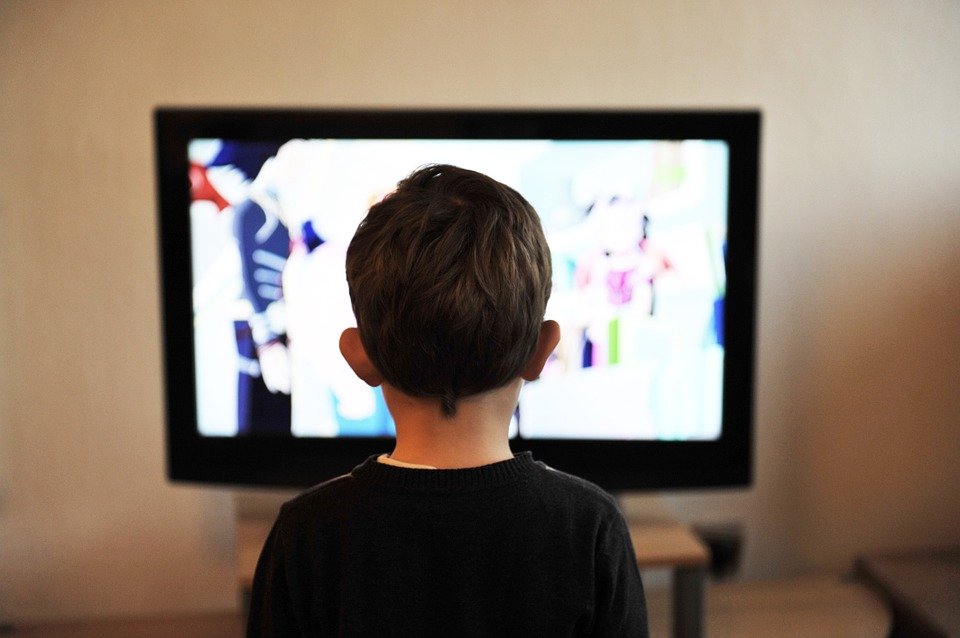Although television productions and broadcasts are able to be consumed from the comforts of one’s own home, the production of such broadcasts requires large groups of people working together.
Due to the coronavirus, movie theaters have shut down, concerts have been canceled, television series’ productions are being put on hold and movies are changing release dates. Not only is this causing hysteria among fans, it is also becoming costly for the entertainment industry.
News broadcasts have gone from a sometimes hundred person team to now housing the bare minimum it takes to put on a broadcast. Anchors have resorted to reporting via Skype from home.
Television shows that typically air in front of a live studio audience are now being filmed in empty auditoriums. As of March 23, “The Tonight Show with Jimmy Fallon” instituted what NBC is calling “hybrid episodes,” which are shot from Fallon’s home and are to include a new “At Home Edition” segment, combined with what NBC is calling “the-best-of” segments from past episodes.
Fallon’s show, along with all other talk shows on NBC, have had to adopt new formats, and they’re not the only ones taking a hit. Many production teams have been halted indefinitely due to the pandemic.
Although streaming services such as Netflix are still popularly used and easily accessible at home, producers for these services are worried. Much-anticipated series have seen struggles in continuing production. IndieWire has reported that Amazon’s upcoming pricey Lord of the Rings series has had to close production due to New Zealand’s new protective immigration measures instituted in light of the virus.
According to Deadline, filming for Netflix’s new season of The Witcher halted production for at least weeks — and that was before their report that one of the show’s actors, Kristofer Hivju, tested positive for the virus, resulting in a recommended quarantine for the show’s staff.
Across every entertainment platform, the effects of COVID-19 are wreaking havoc. Adjustment and innovative production tactics are all that the industry can do as of now until normalcy returns to the world.


